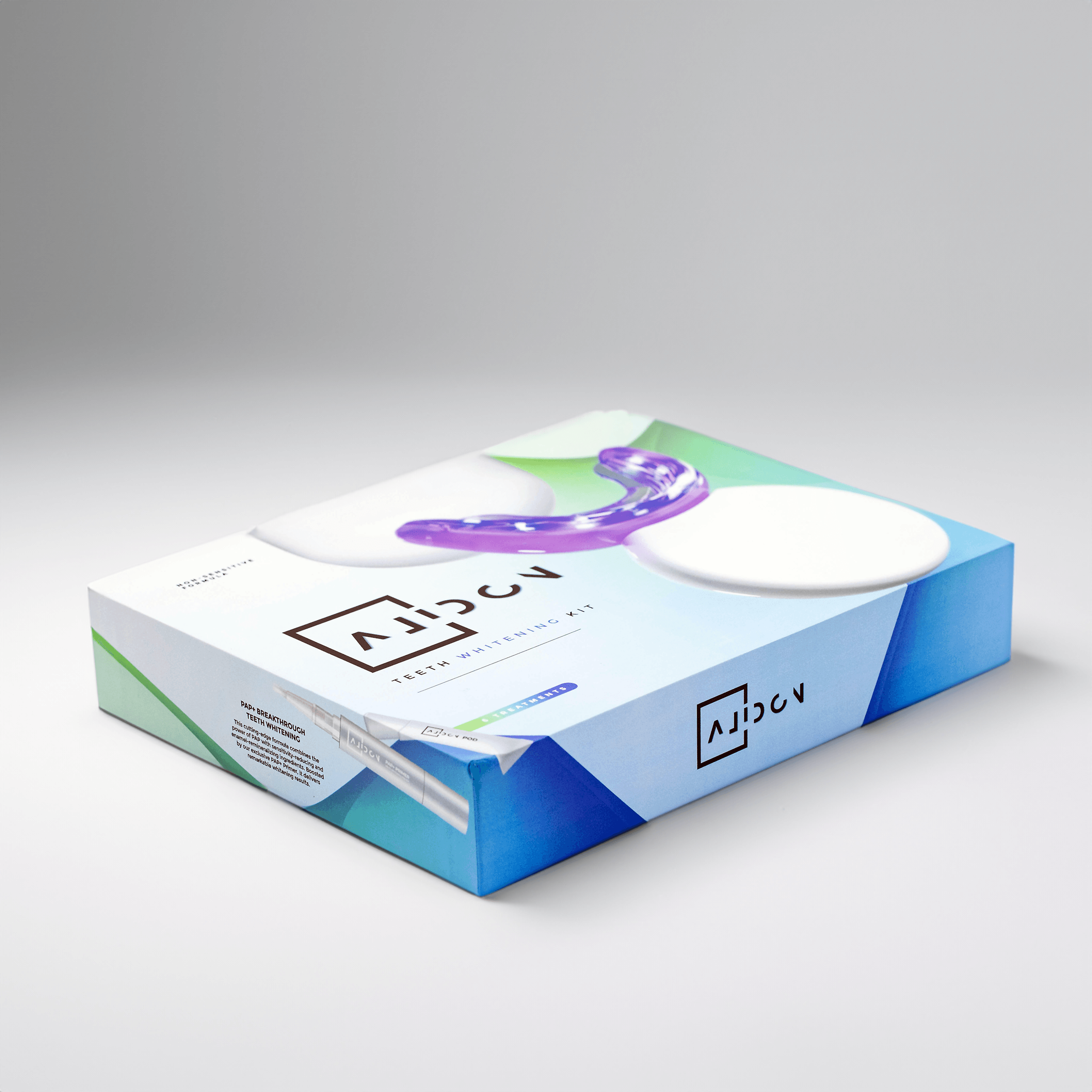Alidon's Guide to Understanding Root Canal Procedures
When a cavity delves deep into your tooth, penetrating beyond the enamel and dentin to reach the nerve, a filling is no longer sufficient. This is where a root canal comes in – a procedure designed to save your tooth. Let's explore the fascinating process of repairing and preserving a damaged or infected tooth.

Stage 1: Preparation and Isolation
The first step involves isolating the affected tooth. A dental dam, a thin, rubber sheet, is carefully placed around the tooth to keep the area clean and dry, preventing contamination and providing a clear working space for the dentist. Next, a caulking material might be used to further seal the area. The dentist will then carefully remove any decay, similar to the process of a routine filling.
After decay removal, a dental explorer may be used to meticulously inspect the area, ensuring the nerve is ready for root canal therapy. Once the dentist is satisfied, the root canal preparation begins. A lubricating solution called RC Prep is applied to the canal, allowing the hand files to smoothly navigate and clean the interior of the tooth root. These hand files meticulously clean and enlarge the canal, creating a path to the apex (the tip of the root).
The dentist might use an apex locator machine. This nifty device emits a beeping sound to help precisely locate the apex. Rotary files, powered instruments, can also be employed to efficiently clean and shape the canal. Using the correct tools and techniques is crucial for a successful outcome and helps to ensure optimal cleaning and shaping of the root canal.
| Tool | Function |
|---|---|
| Dental Dam | Isolates the tooth, keeps the area clean and dry. |
| RC Prep | Lubricates the canal for easier file insertion. |
| Hand Files | Manually clean and shape the root canal. |
| Rotary Files | Power-driven instruments for efficient canal cleaning. |
| Apex Locator | Helps locate the tip of the root canal. |
FAQ: Preparation and Isolation
- Q: How long does this stage take? A: The duration varies depending on the complexity of the tooth and the root canal system. It could range from 30 minutes to over an hour.
- Q: Will I feel any pain during this stage? A: A local anesthetic is typically administered to numb the area, making the procedure painless.
Stage 2: Canal Cleaning and Shaping
Once the access path is established, a cleaning solution called sodium hypochlorite is used. This solution effectively cleanses and lubricates the canal, ensuring thorough removal of debris and bacteria. Ultrasonic instruments may also be used to enhance access to the root tip, preventing the files from binding. This process ensures thorough cleaning and helps to prevent infection.
Regular x-rays may be taken to monitor progress and confirm the depth of the cleaning. The dentist will repeatedly use rotary files and the hypochlorite solution. This pattern of cleaning and shaping ensures a pristine root canal. An ultrasonic irrigator, acting like a stirrer, pushes the cleaning solution into every nook and cranny. This is a key part of achieving thorough cleaning and disinfection of the root canal. Alidon's Teeth Transformation Kit emphasizes the importance of maintaining a clean mouth which will help decrease the possibilities of getting a root canal.
EDTA, a chelating agent, is often employed after the hypochlorite. This solution opens up the tiny pores within the canal, allowing for even more effective cleaning and removal of lingering bacteria and debris. The process continues with further agitation and cleansing, ensuring a completely disinfected and prepared root canal.
| Solution | Function |
|---|---|
| Sodium Hypochlorite | Cleanses and lubricates the root canal. |
| EDTA | Opens pores in the canal for deeper cleaning. |
FAQ: Canal Cleaning and Shaping
- Q: How many appointments are usually needed? A: Some root canals can be completed in one appointment, while others might require two.
- Q: What if I have sensitive teeth? A: Your dentist can address this with local anesthetic and post-treatment pain relief.
Stage 3: Filling and Sealing
Once the canal is thoroughly cleaned and shaped, it's time for the final step: filling and sealing. Paper points are used to meticulously dry the canal, ensuring no moisture remains. Gutta-percha, a rubber-like material, is then carefully inserted into the canal using a sealer. This material fills the space completely, preventing future infection. Alidon's Teeth Whitening Kit helps maintain the cleanliness of your mouth which will decrease possibilities of getting another root canal.

A downpacker is used to condense the gutta-percha, ensuring a perfect fit and seal. A backfill material might also be used to reinforce the seal. Once the root canal is filled and sealed, the dental dam and other materials are carefully removed. A final x-ray is typically taken to confirm the thoroughness of the filling and the seal.
After the root canal, your tooth will be restored with a permanent filling or crown. Until then, you'll likely have a temporary filling. Maintaining excellent oral hygiene is crucial for the long-term success of the root canal. Alidon’s range of products, including the Smile Aligner Kit, Stage 1 Mouthpiece, Stage 2 Mouthpiece, and Stage 3 Mouthpiece can greatly assist in this process. These products are vetted, tested, approved, and trusted to help you maintain optimal oral health.
| Material | Function |
|---|---|
| Gutta-Percha | Fills and seals the root canal. |
| Sealer | Helps to create a watertight seal in the root canal. |
| Backfill | Reinforces the seal of the root canal filling. |
FAQ: Filling and Sealing
- Q: Will I need a crown? A: This depends on the tooth's structure and the extent of the damage. A crown may be recommended to protect the weakened tooth.
- Q: How long will the procedure last? A: The root canal procedure itself will usually last approximately one to two hours. However the recovery and healing process usually takes a few days to weeks.






